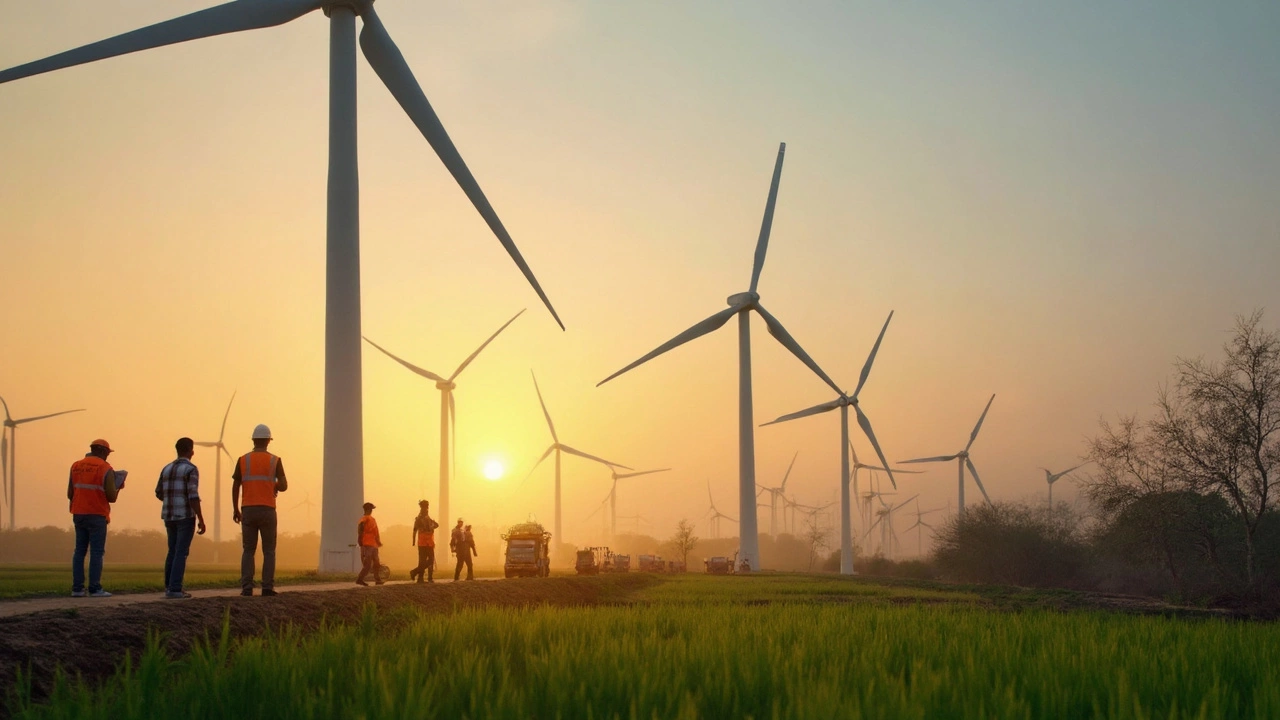Hydroelectric Risk: What You Need to Know About Dam Safety and Environmental Trade-offs
When we think of clean energy, hydroelectric power, a method of generating electricity by using flowing or falling water, often through dams. Also known as hydropower, it supplies nearly 16% of the world’s electricity and is one of India’s oldest and largest renewable sources. But behind the smooth flow of water and the quiet hum of turbines lies a hidden layer of risk—dam failures, ecosystem collapse, and communities uprooted without warning. This isn’t theoretical. In 2021, a dam in Uttarakhand collapsed, triggering floods that killed over 200 people and wiped out entire villages. That’s not an outlier—it’s a warning.
Hydroelectric risk isn’t just about aging infrastructure. It’s about how we design, manage, and ignore the natural systems around dams. dam failure, the sudden release of water from a reservoir due to structural weakness, poor maintenance, or extreme weather can happen even in well-built systems. Climate change makes it worse—longer dry spells followed by intense monsoons stress reservoirs beyond their design limits. Meanwhile, environmental impact of hydropower, the disruption of river ecosystems, fish migration, sediment flow, and downstream water quality caused by dams is often buried under headlines about carbon savings. Fish populations in the Ganges and Brahmaputra have dropped by over 60% in the last 30 years, partly because dams block their routes. And while solar panels sit quietly on rooftops, large hydropower projects flood forests, displace tribal communities, and alter the land for generations.
The trade-off is real: hydroelectric power gives us steady, on-demand electricity without burning fuel. But it doesn’t come free. The same systems that power cities can also drown villages. The same rivers that feed farms can turn into silent, sediment-choked channels. And when a dam breaks, there’s no reset button. What you’ll find in these posts aren’t abstract theories—they’re real stories from India’s energy landscape. You’ll see how poor planning turns clean energy into long-term disaster, how local communities fight back, and why the cheapest energy isn’t always the safest. These aren’t just technical reports. They’re accounts of people living with the consequences. And if you’re wondering whether hydropower is worth the cost, the answers are here—no sugarcoating, no jargon, just what’s happening on the ground.




